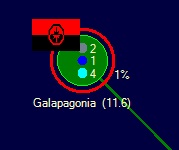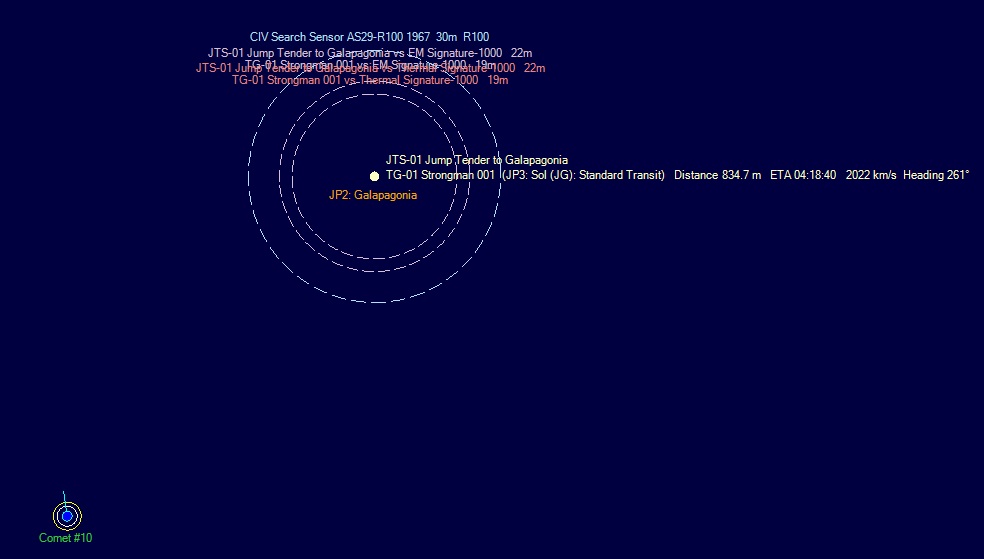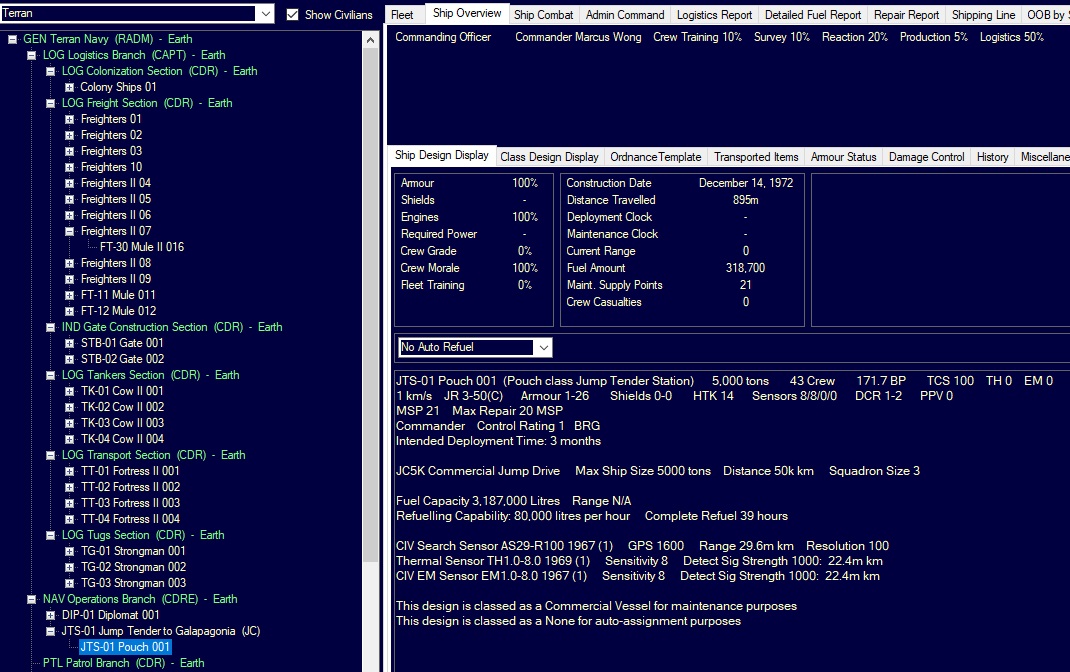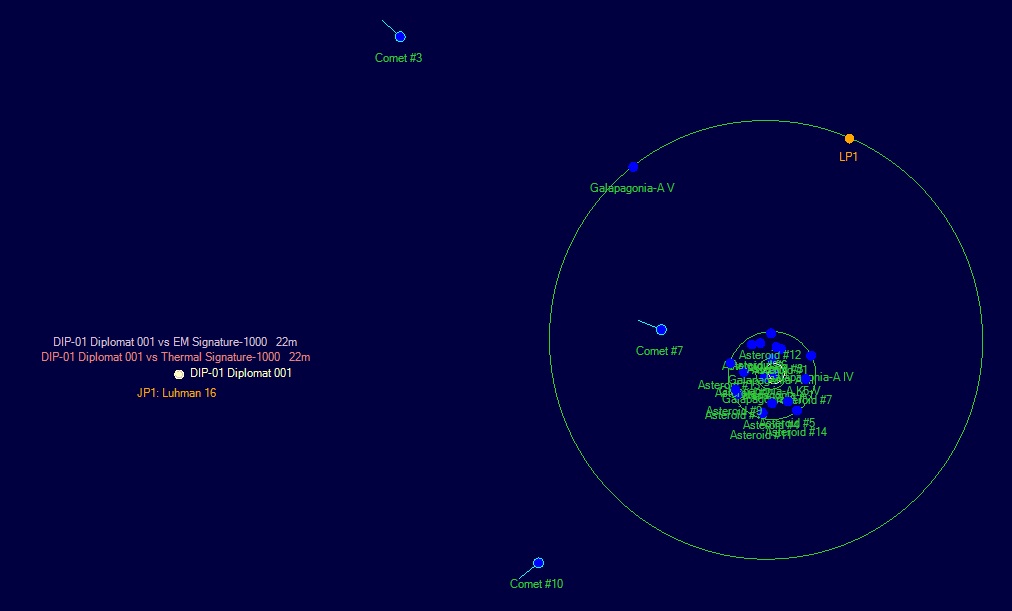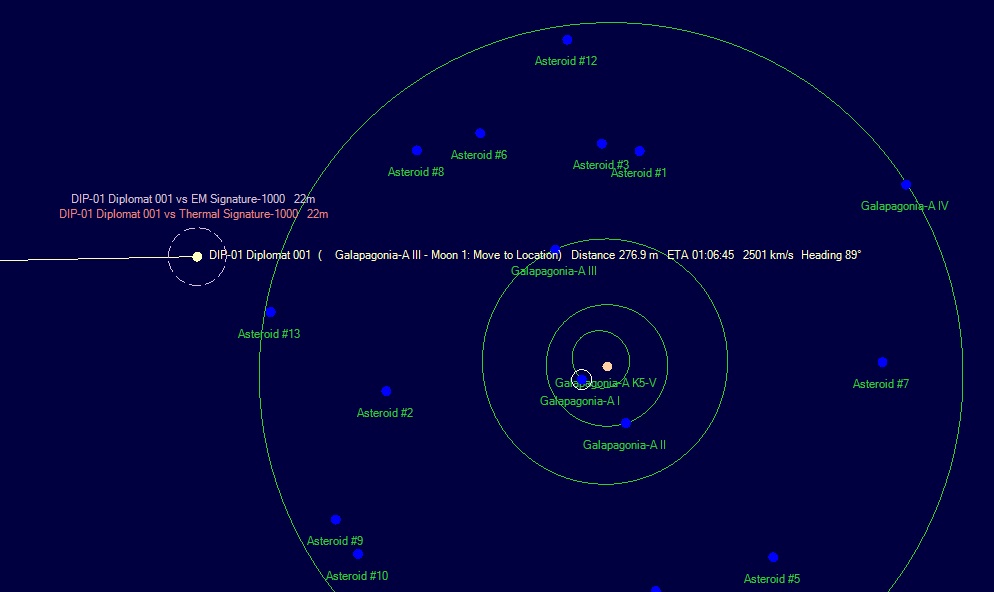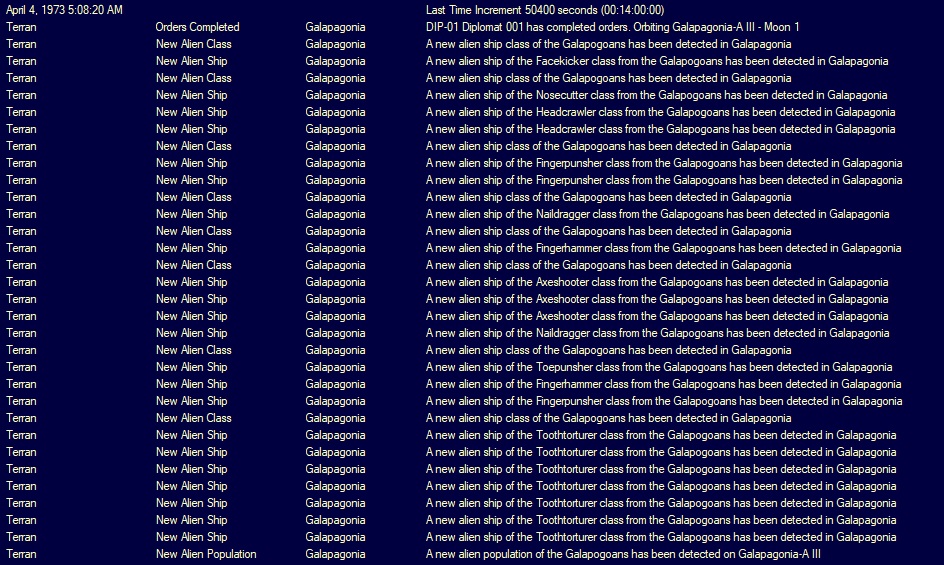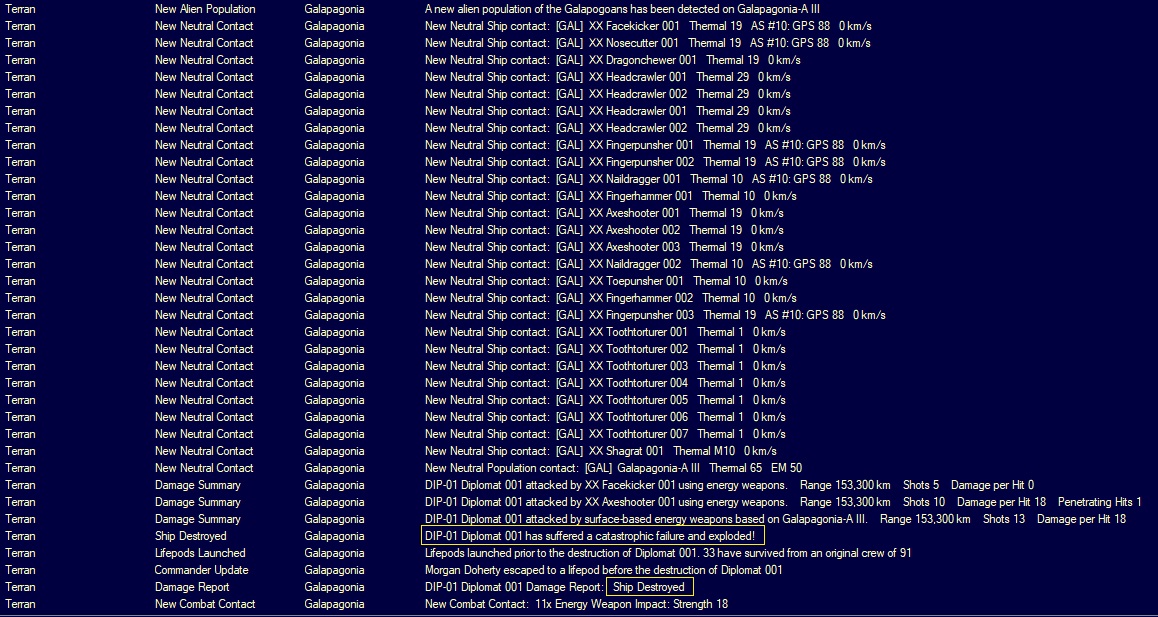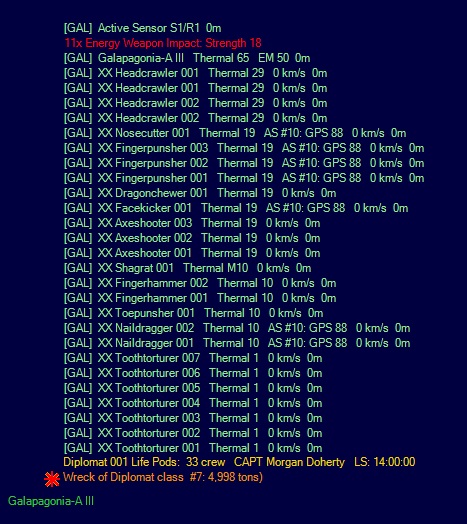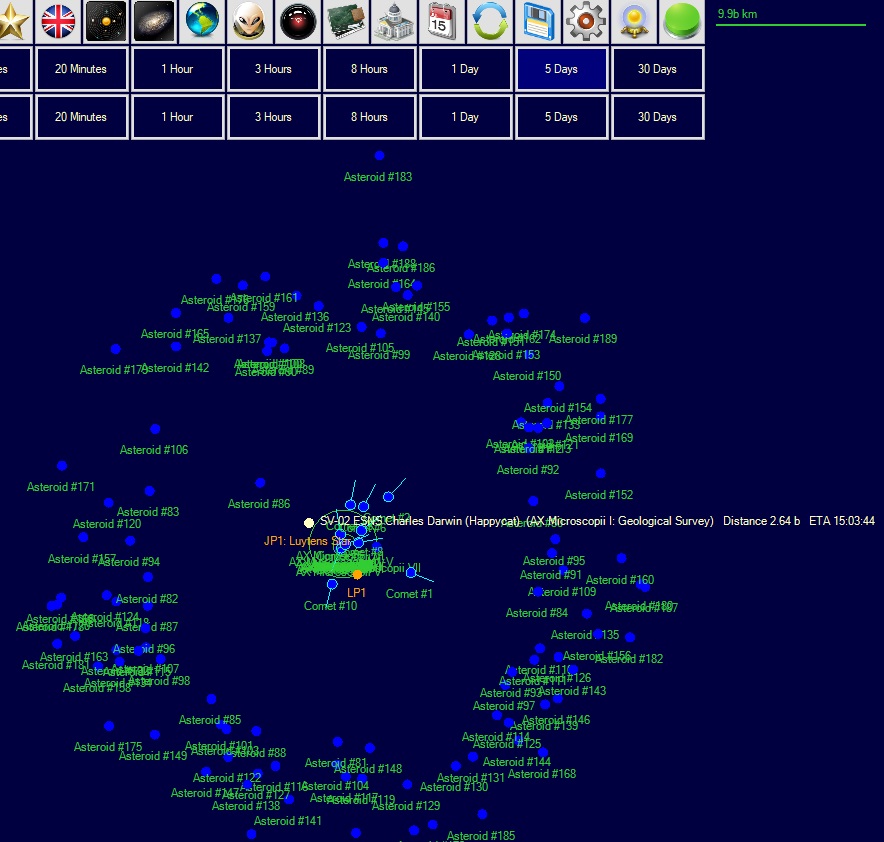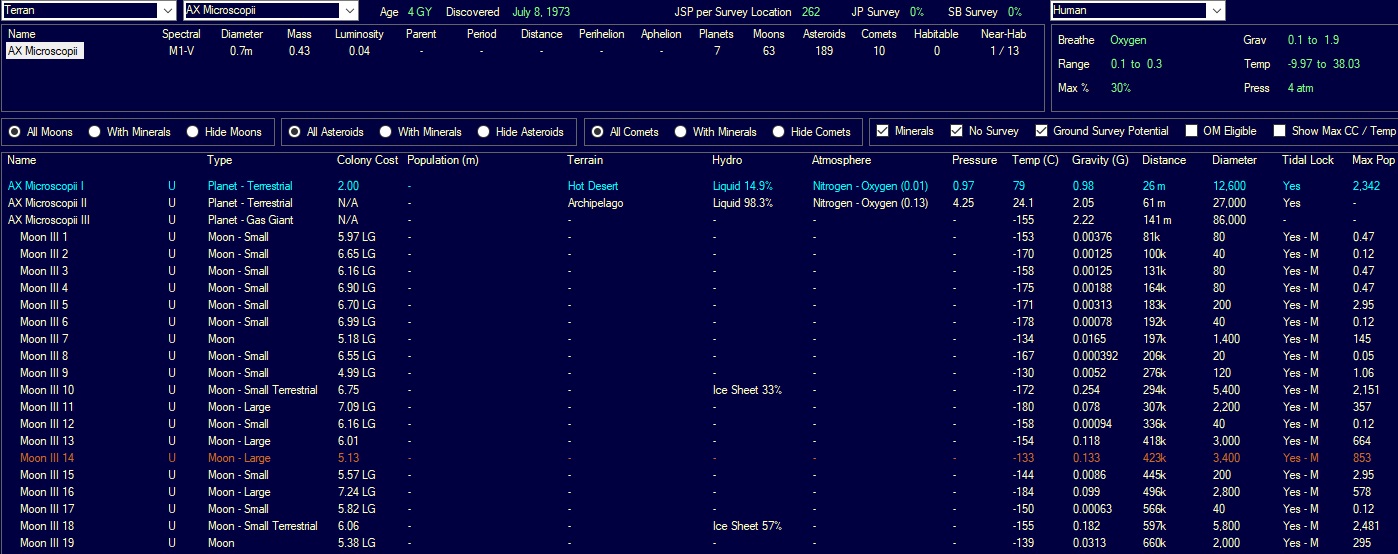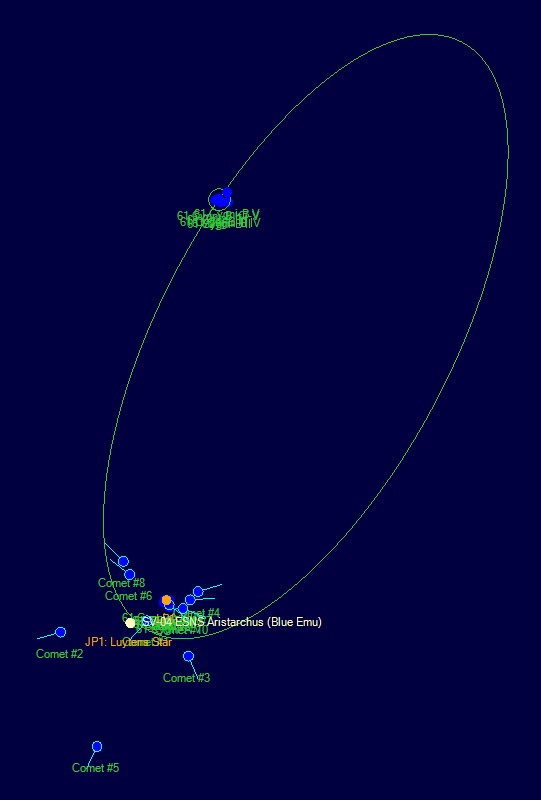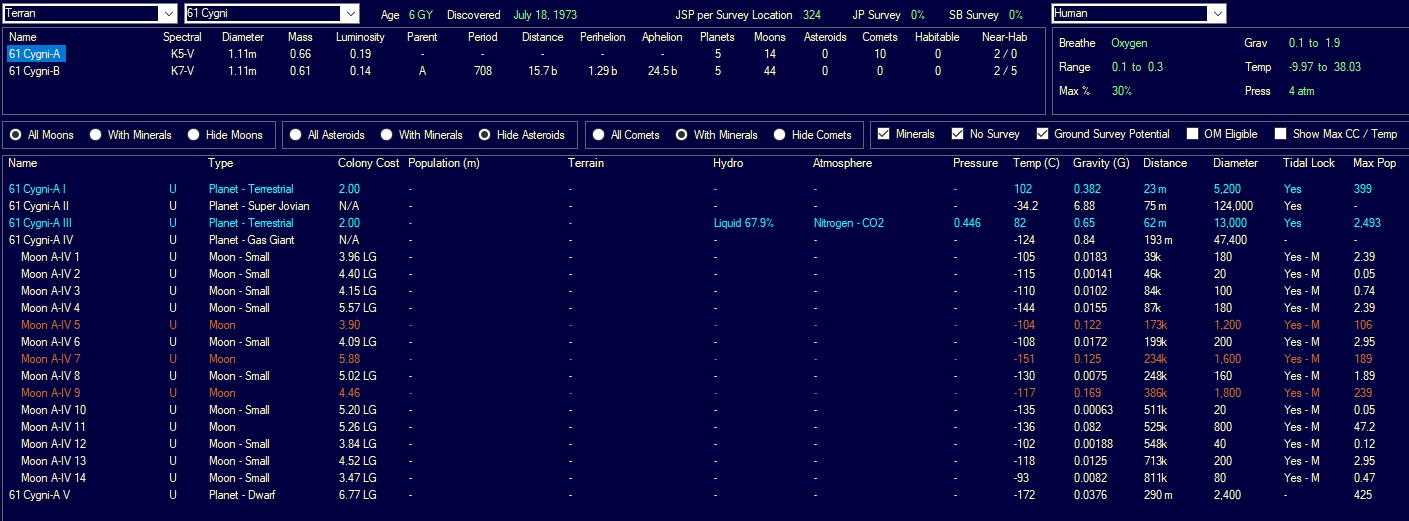I guess for the mines then it's.all the infrastructure being mobile.
Is it norma to have that many barren systems?
Is it possible to have a system with no comets at all?
Also, we don't want to have any colonies in Bernard's Stsr for obvious reasons.
But perhaps we can still mine it, if there's worthwhile deposits?
Also, whys rhe jump point called Galapagonia when the system is called Struve?
Rimward was to the south, right?All of the star systems adjacent to Sol have now been thoroughly analyzed for jump points (red rims gone).
View attachment 1076757
Note how common barren star systems (no planets or moons) are to Rimward of us.
Is it norma to have that many barren systems?
Is it possible to have a system with no comets at all?
Also, we don't want to have any colonies in Bernard's Stsr for obvious reasons.
But perhaps we can still mine it, if there's worthwhile deposits?
Is it possible they might use a colder ship to slip past out sensors?The Martian climate is getting close to tip-over. The ice sheet has just melted. The atmosphere should turn breathable within a year or so, and then we can focus on giving Mars a proper ocean.
View attachment 1076759
We have brought the Galapagonian jump point within sensor range of our Deep Space Tracking Stations based on Claymore in the Luhman 16 system.
View attachment 1076762
... of course, that indicated range is vs a 1000 Thermal or 1000 EM target. The ship that escorted us was significantly hotter than that. Very much so.
Also, whys rhe jump point called Galapagonia when the system is called Struve?


